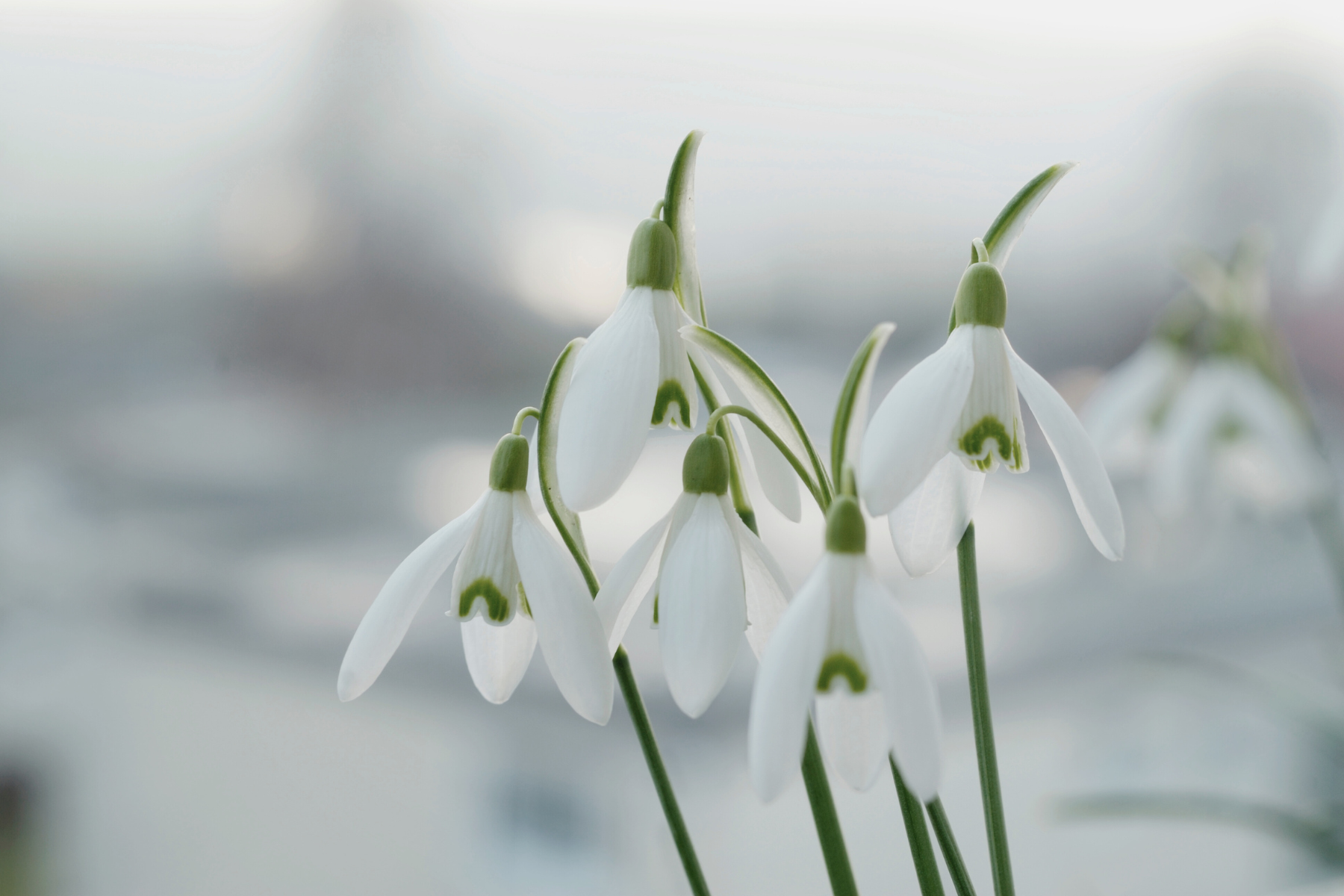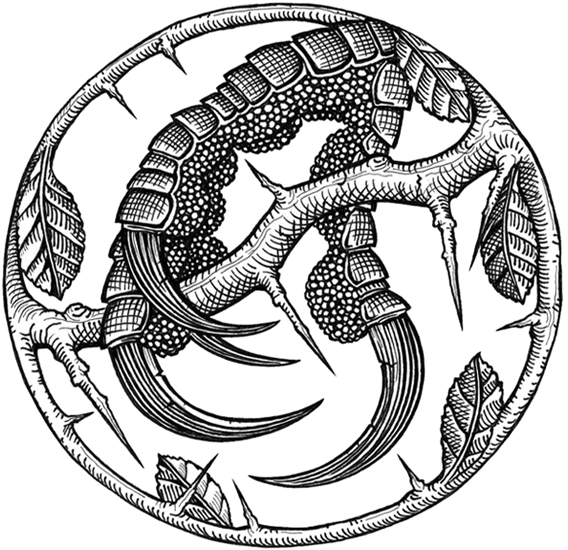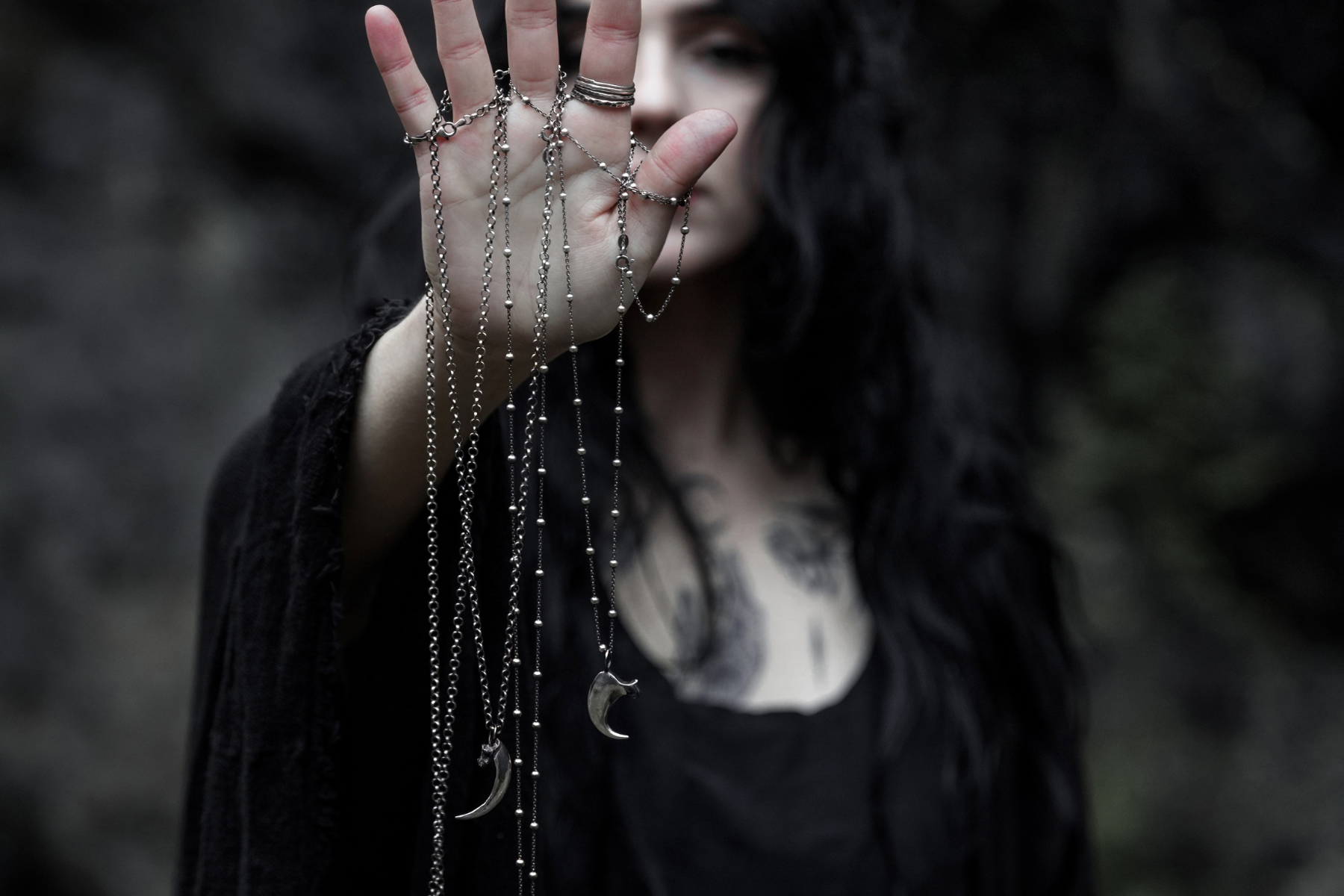
How to Celebrate Imbolc: Traditions, Rituals, and Ideas
When is Imbolc 2025?
Imbolc, celebrated on February 1st or 2nd in 2025, is a time to welcome the first stirrings of spring and honour the goddess Brigid. It’s a festival of renewal, fire, and fertility, marking the midpoint between the dark of winter and the light of spring. If you’re wondering how to celebrate Imbolc, this guide will take you through its rich history, traditional rituals, and simple ways to weave its magic into your life today. From lighting candles to crafting Brigid’s crosses, you will learn how to embrace this ancient celebration and connect with its symbolism.

What does the word Imbolc mean?
The word Imbolc is derived from the Old Irish word "Imbolg," meaning "in the belly," and this Gaelic festival symbolises the burgeoning life nestled within the womb of the Earth.
Why celebrate Imbolc?
Imbolc celebrates the midpoint between the winter solstice and the vernal equinox, embodying the increasing daylight and the gradual return of warmth. It beckons us to witness the tender shoots pushing through the soil, mirroring the inner awakening that unfolds within ourselves. As nature readies itself for renewal, so too do we prepare to embrace the burgeoning light within.
The Celtic History of Imbolc
Imbolc, deeply rooted in Gaelic history, intertwines with the ancient celebration of Brigid, the Celtic goddess of hearth, poetry, and healing. As the wheel of the year turns, Imbolc heralds the waning of winter and the impending arrival of spring. In Celtic lore, Brigid embodies the maiden aspect of the triple goddess—a symbol of youthful potential, inspiration, and fertility.
Historically, Imbolc marked a time of preparation for the agricultural season, as the ancient Gaelic people cleansed and purified their homes to welcome the growing light. The festival's association with ewes and lactation emphasised the imminent birth of lambs and the promise of abundance. Fire played a pivotal role, symbolising Brigid's sacred flame and the returning vitality to the land.
Pagan communities engaged in rituals to invoke Brigid's blessings, seeking her guidance in matters of creativity, healing, and protection. The lighting of candles and bonfires served as beacons, inviting Brigid's presence into homes and hearts.

Imbolc Symbolism
Plants:
Snowdrops: These delicate flowers emerge resiliently from the frost, symbolising hope and the promise of new beginnings.
Crocuses: Bursting forth in vibrant hues, crocuses embody the awakening earth, signalling the return of warmth and growth.
Colours:
White: Reflecting the purity of snowdrops, white symbolises the blank canvas upon which the coming seasons will paint their stories.
Green: A subtle emergence, green signifies the first stirrings of life beneath the soil, a harbinger of the verdant landscapes to come.
Animals:
Ewes: Imbolc aligns with the lambing season, emphasising the nurturing aspect of the season as ewes birth new life.
Swans: Revered in Celtic lore, swans represent transformation, embodying the journey from winter's slumber to the awakening of spring.
Food:
Dairy: Imbolc is historically associated with the lactation of ewes. Dairy products symbolise sustenance and the life-giving properties of nature.
Seeds: As the earth stirs with potential, seeds represent the latent possibilities waiting to burst forth in the coming seasons.
How can I celebrate Imbolc?
As winter's chill begins to wane and the first hints of spring grace the horizon, Imbolc invites us to participate in cherished traditions that echo through the ages. In the spirit of honouring this ancient celebration, let's explore traditional ways to revel in the magic of Imbolc.
Imbolc rituals
Imbolc invites us to participate in cherished traditions that echo through the ages. In the spirit of honouring this ancient celebration, let's discover six traditional ways to revel in the magic of Imbolc.
Imbolc fires
Imbolc pays homage to the returning light, and a quintessential tradition involves lighting candles to symbolise the growing sun. Create a sacred space within your home and adorn it with candles of varying sizes. As you light each one, reflect on the increasing daylight and the warmth it brings. This ritual not only honours the seasonal shift but also serves as a personal beacon of hope.
Wear Imbolc jewellery as a symbolic talisman
Brigid's blessing for Imbolc
Imbolc is intricately linked with the Celtic goddess Brigid, a figure associated with hearth, inspiration, and healing. Pay homage to Brigid by crafting a simple altar adorned with symbols like Brigid's cross, a bowl of water for her sacred wells, and items representing the hearth. Offer thanks and seek her blessings for creativity, protection, and a bountiful year ahead.
Imbolc feasting and food ideas
Traditional Imbolc celebrations often include a festive feast, embracing the abundance that lies beneath the surface. Prepare a meal using seasonal ingredients like dairy products, grains, and early spring vegetables. Share this meal with loved ones, fostering a sense of community and unity as you partake in the nourishing gifts of the earth.
Nature's awakening Imbolc walk
Immerse yourself in the natural world as it begins to stir from its winter slumber. Take a mindful walk in a nearby park or woodland area. Observe the first signs of life sprouting buds, early blossoms, or the return of migratory birds. This connection with nature during Imbolc reinforces the cyclical dance of the seasons and our place within it.
Gardening for Imbolc
Imbolc is an opportune time to plant seeds, both literal and metaphorical. In your garden or in pots indoors, sow seeds that align with your aspirations for the coming seasons. As you nurture these seeds, reflect on the personal growth you wish to cultivate. This symbolic act aligns with the earth's reawakening and the potential for new beginnings.
Pagan rituals for Imbolc
In weaving these pagan-inspired traditions into your Imbolc celebration, you not only honour ancient practices but also infuse your life with the timeless magic of the season. As you embark on this journey, may the echoes of pagan wisdom guide you toward a season of growth, abundance, and renewal.
FAQs About Imbolc
1. When is Imbolc celebrated?
Imbolc is celebrated on February 1st or 2nd, marking the halfway point between the winter solstice and spring equinox. It’s one of the traditional Celtic festivals on the Wheel of the Year and signals the arrival of early spring.
2. What are some traditional Imbolc rituals?
Traditional Imbolc rituals include lighting candles to honour the growing light, crafting Brigid’s crosses, and decorating altars with snowdrops, milk, and fire symbols. Many also perform cleansing rituals or plant seeds as a symbol of new beginnings.
3. Who is the goddess Brigid, and why is she celebrated during Imbolc?
The goddess Brigid is central to Imbolc traditions. She is the Celtic goddess of fire, poetry, fertility, and healing. Imbolc celebrates her blessings of renewal, creativity, and the nurturing energy of spring. Many rituals focus on honouring Brigid through offerings, prayers, and symbols of fire.
4. How can I decorate an Imbolc altar?
To decorate an Imbolc altar, use seasonal items like candles (representing fire and light), snowdrops or other early spring flowers, Brigid’s crosses, bowls of milk, seeds, and fertility symbols. Adding crystals like amethyst, carnelian, or citrine can enhance your altar’s energy for this sacred festival.
5. What foods are associated with Imbolc?
Foods for Imbolc include dairy-based dishes like milk, butter, and cheese, which honour Brigid as a goddess of fertility and nourishment. Other traditional Imbolc foods include hearty stews, breads, seeds, grains, and warming dishes to celebrate the shift from winter to spring.
6. Can Imbolc be celebrated in modern ways?
Modern Imbolc celebrations can include lighting candles to symbolize the return of the light, journaling intentions for the spring season, creating a simple Imbolc altar, cooking seasonal foods, or even spending time outdoors to connect with nature as it awakens
Explore the collection
Looking for a way to deepen your Imbolc rituals? Explore our collection of handcrafted talismans, inspired by Celtic traditions and the sacred cycles of nature. Whether you’re lighting candles, crafting Brigid’s crosses, or setting intentions for the season ahead, a talisman can serve as a meaningful symbol of renewal and connection during this special time.
Sign up for our newsletter to receive more inspiration for Imbolc traditions, seasonal rituals, and exclusive updates from Thorn & Claw.




